Survival sticks were popular in the 17th and 18th centuries among the general population. They were used for decorative reasons, for self-help or as a self-defense tool.
In fact, our ancestors have been using survival sticks for thousands of years, making them one of the most ancient gears in the EDC.
Practical uses of a survival stick
1. Hiking
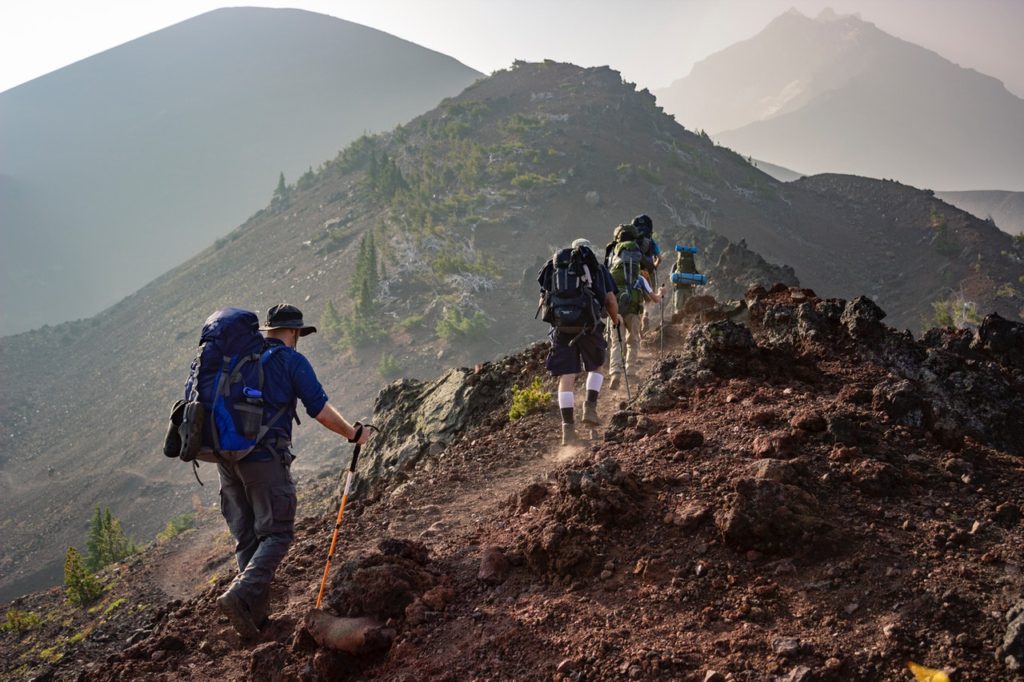
A survival stick will clear your way from brushes and branches, take out spider webs, insects, and poisonous animals without exposing your hands and feet.
Poke your surroundings to get a grasp of what’s hiding on your way, you never know what’s waiting for you around the corner.
2. Use it for support
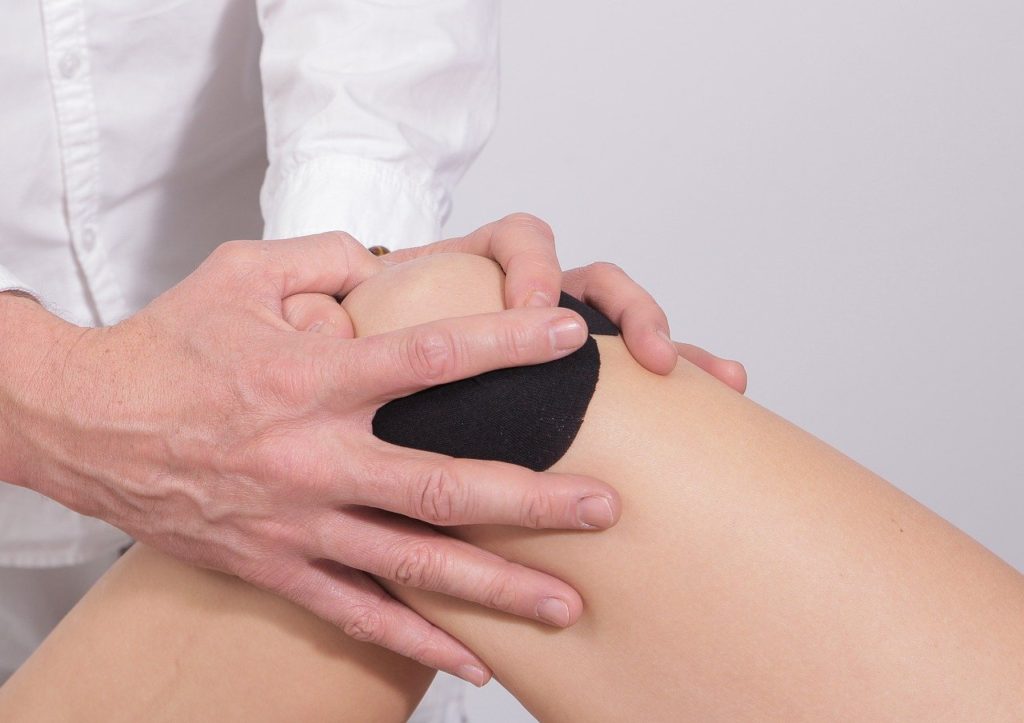
Ease the pressure on your knees and muscles in uneven terrains. Use your survival stick as breaks when speeding down a dune, hikers know its importance in each trip.
You can also use it as support for your shelter if needed.
3. Reaching things

You may lose your gear in a deep hole or want to catch a plant or anything out of reach? Your stick will be your third hand.
Use it to expand your range of motion and create more possibilities to attain your goal.
4. Self-Defense
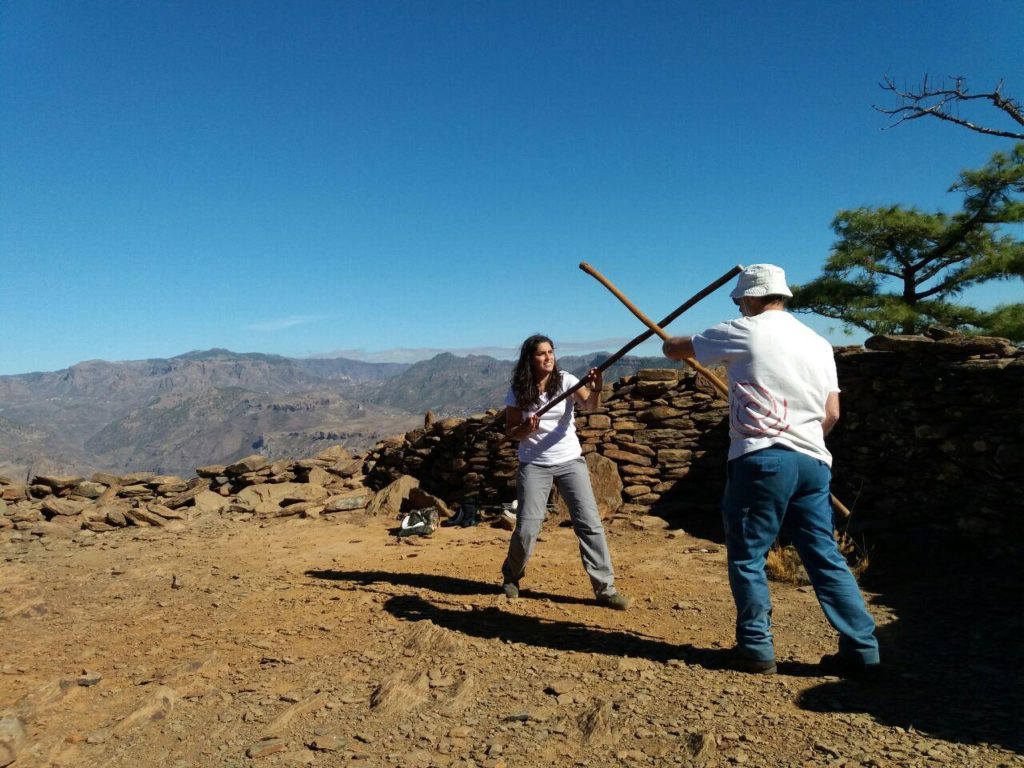
Use your survival stick to defend your self from aggressions, whether it’s from animals, insects, or humans.
Get used to the art of stick-handling and look out how martial artists use it effectively in a fight.
5. Gauging Depth
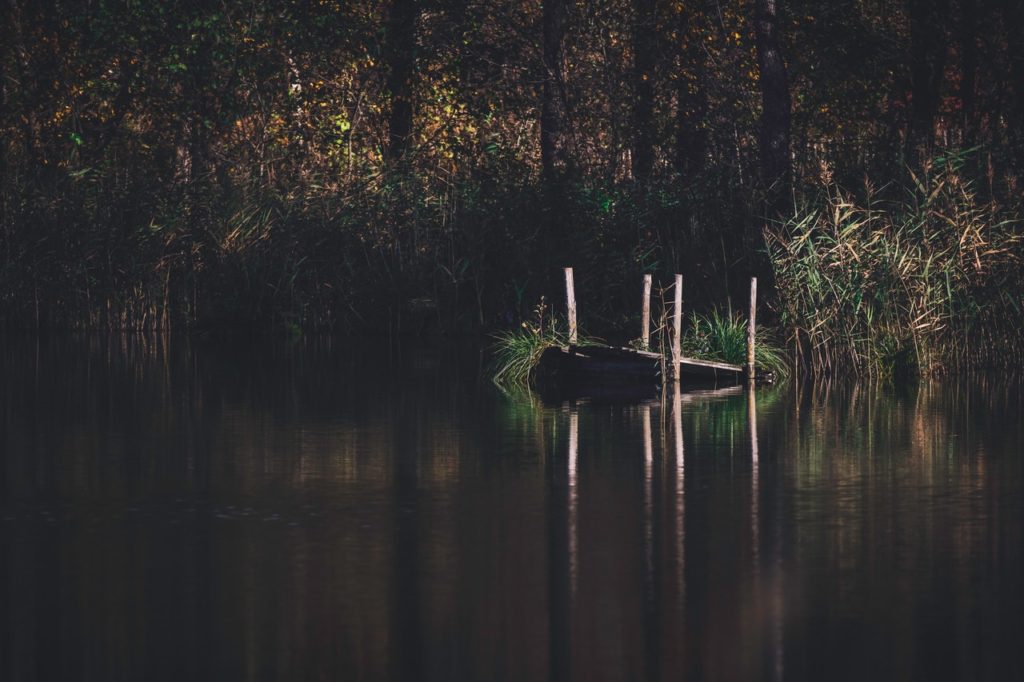
Crossing an unknown terrain in the wilderness can be dangerous if you don’t know what you are stepping on.
Gauge the depth of the water, the snow, and the solidity of the soil you are walking on. Deep holes can often be hidden by small deposits of debris that got there over time.
6. Carrying gears and supplies
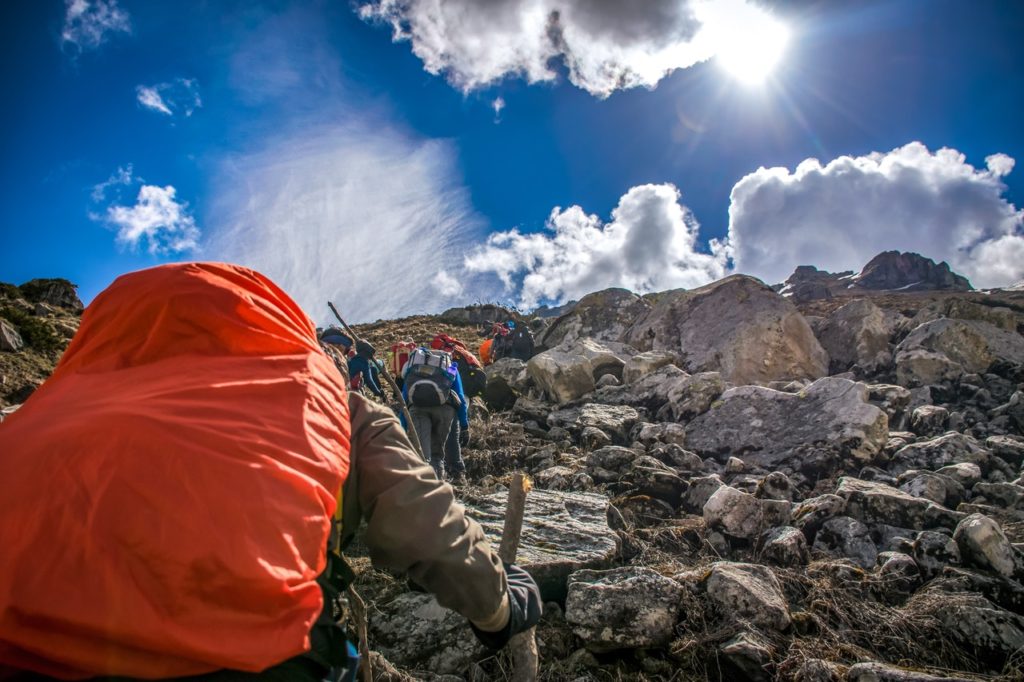
Attach your supplies to your stick with a piece of paracord and place it on your shoulder like an old fashioned nomad.
You can also use your stick to carry heavy supplies like your bug out bag items or a hunted game.
Just attach them evenly on the stick and place its middle on your neck like a christ carrying the cross.
7. Fishing
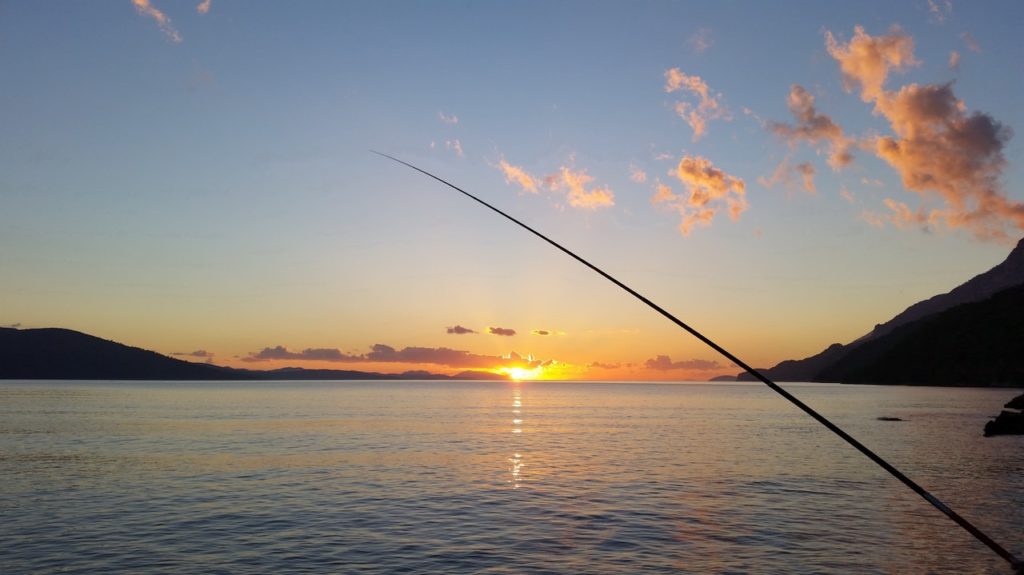
Yes, your survival stick can feed you too. Roll three haires strands from a horse together and attach them to the extremity of your stick.
Add a hook and living worm and you are ready to go. You can start fishing right away with this primitive technique.
We often think that a simple stick is useless. We listed only a few of the possibilities a simple survival stick can bring to you when you are out in the wild.
Let your imagination flow to find the other possibilities when needed.






